|
|
Albert TenEyck Gardner. American Sculpture : A Catalogue of the Collection of the Metropolitan Museum of Art. — New York, 1965![American Sculpture : A Catalogue of the Collection of the Metropolitan Museum of Art / Albert TenEyck Gardner, Associate Curator of American Paintings and Sculpture. — [New York] : The Metropolitan Museum of Art, 1965](/assets/i/upload/2024/Gardner-American-Sculpture-A-Catalogue-of-the-Collection-of-the-Metropolitan-Museum-of-Art-1965_Page1.jpg) ![American Sculpture : A Catalogue of the Collection of the Metropolitan Museum of Art / Albert TenEyck Gardner, Associate Curator of American Paintings and Sculpture. — [New York] : The Metropolitan Museum of Art, 1965](/assets/i/upload/2024/Gardner-American-Sculpture-A-Catalogue-of-the-Collection-of-the-Metropolitan-Museum-of-Art-1965_Page4.jpg) American Sculpture : A Catalogue of the Collection of the Metropolitan Museum of Art / Albert TenEyck Gardner, Associate Curator of American Paintings and Sculpture. — [New York] : The Metropolitan Museum of Art, 1965. — 192 p. : ill.[Description]
Each piece of American sculpture in the Museum's collection is discussed in detail, and there is a concise biography of each of the sculptors. The more than 350 works represent all major American sculptors and schools from the early nineteenth century to the present day, making this a valuable survey in a field where little published information is available. Many of the biographies include characteristic or diverting excerpts from heretofore unpublished letters written to the Museum by the sculptors themselves, describing their lives and work.
Contents
Introduction ix
Unknown Sculptor 1
Horatio Greenough 1
Hiram Powers 2
Ball Hughes 6
Joel Tanner Hart 7
Chauncey Bradley Ives 8
Shobal Vail Clevenger 9
Thomas Crawford 10
Henry Kirke Brown 12
William Rimmer 13
Erastus Dow Palmer 16
Edward Augustus Brackett 18
William Wetmore Story 19
Thomas Ball 20
William Morris Hunt 21
Wilson MacDonald 23
William Henry Rinehart 24
Randolph Rogers 25
Leonard Wells Volk 27
John Rogers 28
John Quincy Adams Ward 30
Launt Thompson 32
Charles Calverley 33
Franklin Simmons 36
George Edwin Bissell 36
Ames Van Wart 37
Pierce Francis Connelly 38
Preston Powers 38
Edward Kemeys 39
Olin Levi Warner 40
William Rudolph O’Donovan 45
Augustus Saint-Gaudens 45
Frank Duveneck 56
Daniel Chester French 57
John Talbott Donoghue 60
Frederic Wellington Ruckstull 61
Henry Linder 62
Louis Saint-Gaudens 63
Charles Henry Niehaus 64
Louis H. Sullivan 64
Edward Clark Potter 65
Francis Edwin Elwell 66
Herbert Adams 66
Adelaide Johnson 68
J. Stanley Connor 68
Edwin Willard Deming 69
Frederic Remington 69
William Ordway Partridge 77
Arthur B. Davies 78
Charles Grafty 78
Isadore Konti 79
Albert Pike Lucas 80
Alexander Phimister Proctor 80
Frederick William MacMonnies 82
George Grey Barnard 85
Edmund Austin Stewardson 88
Richard Edwin Brooks 89
Paul Wayland Bartlett 90
John Flanagan 91
Emil Fuchs 93
Attilio Piccirilli 94
Hermon Atkins MacNeil 96
Amory C. Simons 97
Karl Bitter 98
Edmond Thomas Quinn 99
Charles Oscar Haag 99
Robert Tait McKenzie 100
Gutzon Borglum 100
Furio Piccirilli 102
Solon Borglum 103
Charles Albert Lopez 104
George Dupont Pratt 104
Frances Grimes 105
Lynn Jenkins 105
Samuel Murray 105
A. Stirling Calder 106
Adolph Alexander Weinman 107
Edith Woodman Burroughs 107
Henry Merwin Shrady 109
Alfred David Lenz 109
Frederick George Richard Roth 110
Bessie Potter Vonnoh 112
Arthur Putnam 113
Janet Scudder 114
Henri Crenier 115
Andrew O’Connor, Jr. 115
Evelyn Beatrice Longman 116
Charles Keck 118
Carl Milles 119
Anna Vaughn Hyatt Huntington 124
Helen Farnsworth Mears 125
Henry Clews, Jr. 126
James Earle Fraser 127
Herbert Willis Clark, Jr. 128
Edgar Walter 128
Gertrude Vanderbilt Whitney 129
Stuart Benson 130
Albert Laessle 130
Mahonri Young 132
Maurice Sterne 133
Herbert Haseltine 133
Lee Lawrie 135
Abastenia St. Leger Eberle 136
Robert Ingersoll Aitken 136
Rudulph Evans 137
Margaret O’Laughlin Hoard 137
Edward McCartan 138
John Gregory 139
Albin Polasek 139
Renée Prahar 140
Harriet Frishmuth 140
Chester Beach 141
Alexander Finta 141
Arthur Lee 142
Gaston Lachaise 143
Elie Nadelman 144
Mario Korbel 145
Clara Pfeifer Garrett 146
Harry Dickinson Thrasher 146
Jo Davidson 146
Hunt Diederich 148
Oscar Miestchaninoff 148
José de Creeft 149
Victor Salvatore 150
Paul Manship 150
Hugo Robus 154
Edward Field Sanford, Jr. 155
Eugenie Frederika Shonnard 155
Emilio J. Sarniguet 155
William Zorach 156
Malvina Hoffman 158
Constance Whitney Warren 161
Gleb Derujinsky 161
Frederick Warren Allen 161
George Winslow Blodgett 162
Bessie Stough Callender 162
Edgardo Simone 163
Bonnie McLeary 163
Robert Laurent 163
Leo Friedlander 164
Paul Jennewein 164
Georg John Lober 165
Antonio Salemme 165
Enea Biafora 166
Oronzio Maldarelli 166
Boris Lovet-Lorski 167
John Bernard Flannagan 167
Allan Clark 169
Gladys Edgerly Bates 169
Suzanne Silvercruys 170
Alexander Calder 170
Beniamino Bufano 170
Frances Kent Lamont 172
Helene Sardeau 173
Henry Kreis 173
Maria Martins 173
Albert T. Stewart 174
Richmond Bar the 175
Seymour Lipton 175
Eugenie Gershoy 176
Isamu Noguchi 176
Chaim Gross 177
Joy Buba 178
José de Rivera 179
Herbert Ferber 179
David Smith 179
Frederick Charles Shrady 180
Koren der Harootian 180
Eleanor Platt 181
Charles Umlauf 181
Grace Turnbull 181
Irene Hamar 182
Herzl Emanuel 182
Richard Lippold 183
Nathaniel Kaz 183
William W. Swallow 184
Introduction
The American sculpture in the Metropolitan Museum, gathered by gift and by purchase over a long period of years—almost a century, in fact—provides a fairly complete record of the art of sculpture in this country. In certain respects it affords as good a survey of what has been going on in the world of American sculpture as can be found anywhere.
The collection now numbers 354 pieces of sculpture, the work of 176 native-born or adopted citizens of the United States. This aggregation, so large and so varied, the work of so many hands, composed as it is of sculpture ranging in scale from heroic groups to miniature cabinet bronzes and in style from the Italianate neoclassic of the early nineteenth century to the abstract manner of today, naturally includes work that aimed at, but never quite attained, the permanent status of great works of art. In the main, however, it contains a good number of substantial examples that have found their places in the history of American sculpture. Many earlier pieces are of sufficiently high quality to have at one time seemed to be masterpieces, but some of them have not managed in the slow passage of time, or in the face of swift changes in taste and critical temper, to remain fixed in that extremely small category. Much of the sculpture of the nineteenth century has a strong memorial, literary, or historical cast. The passage of a mere fifty years (or even less) can, and often does, demote a grand sculptural ornament into a historical curio. But time also works the other way, turning what once were considered historical curios into first-class cultural monuments.
The first piece of American sculpture, and one of the first works by an American artist, to enter the Museum’s collection was the marble statue California by Hiram Powers, presented by William B. Astor in 1872. It is the cornerstone, so to speak, of our collection of American art. Viewed as a whole, the collection falls into three distinct though unequal groups. First there are the marbles made by early nineteenth-century sculptors who, like Powers, went to study and live in Italy; second, the largest of the three groups, the bronzes made by those of a later generation who studied in Paris in the last decades of the nineteenth century; and, third, the work of contemporary sculptors. It may be said that most of the sculpture in the collection was made in the fifty-year period between 1870 and 1920 by men and women trained in Paris under the masters of the Ecole des Beaux Arts. As the tastes and sculptural ideas of those masters were formed during the heyday of the Second Empire of Napoleon III, they admitted no higher honor than the medals and “Honorable Mentions“ awarded at the annual Paris Salon. This standard was readily accepted by the majority of their American pupils, and between 1855 and 1914 no less than a hundred and sixty American sculptors won the coveted privilege of showing their work at the Salon. More than thirty pieces of sculpture now in the Museum’s collection were first exhibited there. Some of these succeeded so well with the jury that they received the dazzling accolade of “Honorable Mention,” and one or two received the higher honors of a Medal of the Second or Third Class.
Of the nine works now in the Museum that were first exhibited in the Salon and there accorded an Honorable Mention, some retain a certain amount of interest; others are not now well remembered: Salon of 1880, Statue of Farragut by Saint-Gaudens; 1886, The Young Sophocles by John Donoghue; 1887, The Bohemian Bear-Tamer by Paul Bartlett; 1888, Evening by F. Wellington Ruckstull; 1889, Diana by Frederick MacMonnies; 1890, The Bather by Edmund Stewardson; 1895, The Song of the Wave by Richard Brooks and the Tomb Effigy of Elizabeth Boott Duveneck by Frank Duveneck; 1913, the Arlington Fountain by Gertrude V. Whitney.
In collecting data for a survey certain facts become apparent that cast new light on the collection. For instance, most sculptors are represented by only one or two examples of their work, yet there are several who are represented by numerous pieces. Strangely enough, one of the largest groups by a single artist is the work of a now relatively obscure man, Olin Warner, whose friends claimed that his portrait busts rivaled those of the Greeks—an opinion now incomprehensible. Another large collection of bronzes by one sculptor is the group of nineteen pieces by Augustus Saint-Gaudens, who for many years held a sort of semi-official position in the American art world as “the greatest American sculptor.” Still another large group is the work of the illustrator Frederic Remington. Interest in his work has been sustained by the widespread enthusiasm for his Wild West subject matter—cowboys and Indians. Other sculptors represented by three or more works include Frederick MacMonnies, Paul Bartlett, Paul Manship, Malvina Hoffman, Anna Vaughn Hyatt Huntington, Evelyn Longman, Gaston Lachaise, Charles Calverley, Daniel Chester French, Bessie Potter Vonnoh, John Quincy Adams Ward, Thomas Crawford, Hiram Powers, William Rimmer, William Rinehart, William Story, Launt Thompson, and Herbert Haseltine.
An analysis of the collection by subject matter throws a sidelight on the kinds of things that interested sculptors and their patrons. It is natural, significant, and not surprising to discover that one of the most interesting things in sculpture is human beings, and that about one third of the collection consists of portraits. There are well over a hundred of them, the majority studied from living persons. Two thirds of the portraits are of men. There are thirteen of artists and a great number of all sorts of political, social, and historical personages, ranging among the women from Susan B. Anthony to Anna Pavlova, among the men from George Washington to Elihu Root, from Henry Ward Beecher to Jules S. Bache. There are some prominent old New Yorkers: Mary de Peyster, John Watts, Marshall O. Roberts, J. Insley Blair, and William Tilden Blodgett, one of the Founders of this Museum. There are naturally more portraits of Abraham Lincoln (four of them) than anyone else. Of Civil War heroes we have Generals Sherman and Hancock, Major General Philip Kearny, and Admiral Farragut. In this group of portraits we find the most important historical document and one of the best portraits, Hiram Powers’ bust of President Andrew Jackson, made from life studies modeled in the White House in 1835. The largest portrait is a bronze bust in heroic scale of William Cullen Bryant by Launt Thompson, which has remained a storeroom stumbling block since 1896, when it was deposited in the Museum as a “temporary” loan from the Department of Parks. The smallest portrait is a tiny statuette of Pavlova by Alfred Lenz, famous for his minute castings in precious metals; here sculpture seems to approach the personal scale of jewelry.
The other large group of subjects is that of animals, again about a third of the collection, with the horse the natural winner of the animal sweepstakes. Many of the animal sculptures are small bronzes; fortunately none of the horses are life size.
The most imposing monumental group in the collection, a romantic sculptural tour de force colossal in size, is the strange and powerful Struggle of the Two Natures in Man by George Grey Barnard.
In the past fifteen or twenty years the collection has been enlivened by the addition of a number of works by contemporary sculptors, most of whom have abandoned the white marble and bronze of their predecessors for free experimentation with all sorts of modern materials. Here we find sculpture considered in new ways in the search for significant forms and new feelings for plastic and glyptic modes undreamed of by Powers or Saint-Gaudens.
The Museum’s collection of American sculpture represents the choice and judgment of many men. In the early days before there were funds for purchasing works of art, all gifts of sculpture were examined and approved by the sculptor John Quincy Adams Ward, one of the Founders and a Trustee of the Museum. At first the small American collection was not separated from other modern sculpture. From 1885 to 1896 all sculpture was under the care of a Curator of Sculpture, Professor Isaac H. Hall. His domain, in fact, included all works of art except paintings. Professor Hall was a Biblical scholar, a specialist in Syriac languages whose main interest was in the archaeology of the Holy Land. On the death of Professor Hall, William R. Arnold was made Curator. He remained in office only two years. After his departure the position remained vacant until 1903, when the sculptor Edwin Elwell was appointed Curator of Ancient and Modern Statuary. Elwell was employed to restore and repair the Greco-Roman marbles in the classical collection, and on the completion of this work in 1905 he left the Museum. From then until 1931, the modern sculpture collection was supervised by the sculptor Daniel Chester French, who had been elected a Trustee of the Museum in 1903. The greater part of the sculpture now in the collection was acquired during his incumbency of twenty-six years as Chairman of the Trustees’ Committee on Sculpture; thus the greater part of the collection reflects his tastes and enthusiasms. On the death of French in 1931, the modern sculpture collection was placed in the charge of the Curator of Renaissance and Modern Art. In 1941 it was separated from this department and placed under the jurisdiction of Horace H. F. Jayne, then Vice-Director. In 1949 the collection was divided, and the modern European sculpture reverted to the Department of Renaissance and Modem Art, while the American sculpture was placed under the care of the then newly formed Department of American Art.
Albert TenEyck Gardner
Sample pages and illustrations![American Sculpture : A Catalogue of the Collection of the Metropolitan Museum of Art / Albert TenEyck Gardner, Associate Curator of American Paintings and Sculpture. — [New York] : The Metropolitan Museum of Art, 1965](/assets/i/upload/2024/Gardner-American-Sculpture-A-Catalogue-of-the-Collection-of-the-Metropolitan-Museum-of-Art-1965_Page20.jpg) ![American Sculpture : A Catalogue of the Collection of the Metropolitan Museum of Art / Albert TenEyck Gardner, Associate Curator of American Paintings and Sculpture. — [New York] : The Metropolitan Museum of Art, 1965](/assets/i/upload/2024/Gardner-American-Sculpture-A-Catalogue-of-the-Collection-of-the-Metropolitan-Museum-of-Art-1965_Page32.jpg)
Major General Philip Kearny. Henry Kirke Brown. Cast by Henry-Bonnard Bronze Company. 1872, cast 1900
Standing Nude. Gaston Lachaise. ca. 1915–17, cast ca. 1925–27
Download link (pdf; yandexdisk; 16.9 MB)
The electronic version of this edition is published only for scientific, educational or cultural purposes under the terms of fair use. Any commercial use is prohibited. If you have any claims about copyright, please send a letter to 42@tehne.com.
See also:
3 ноября 2024, 11:42
0 комментариев
|
Партнёры
|

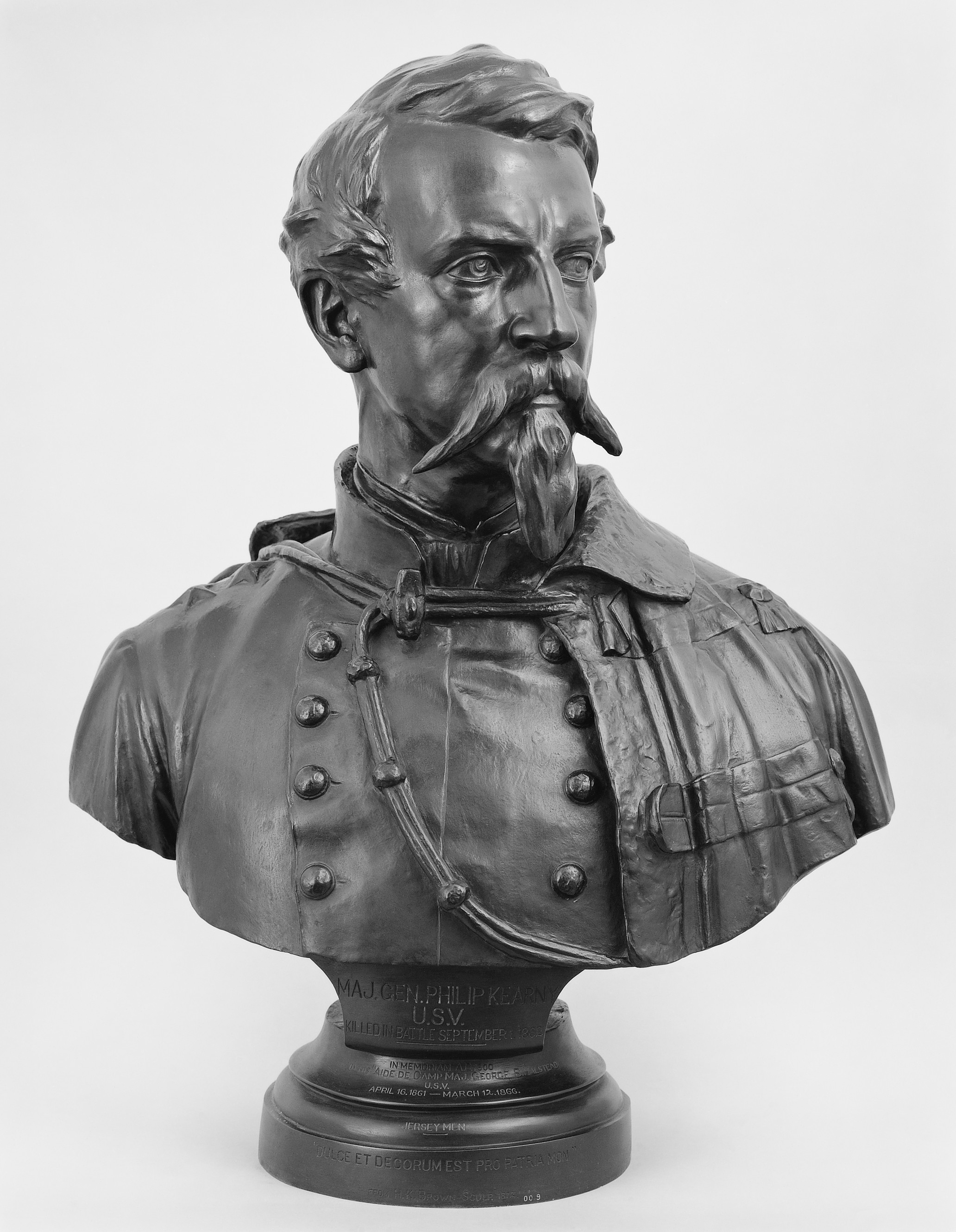
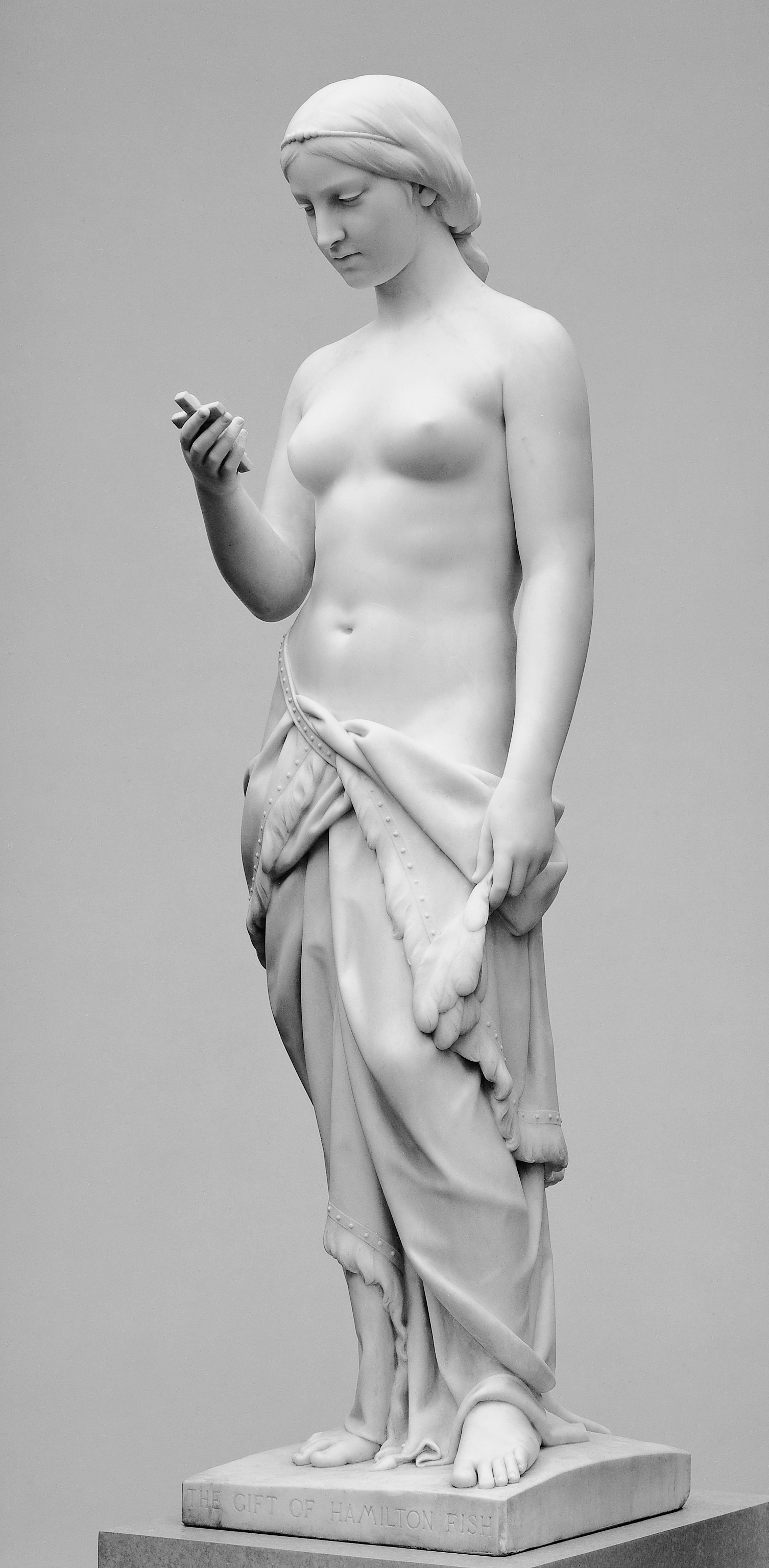
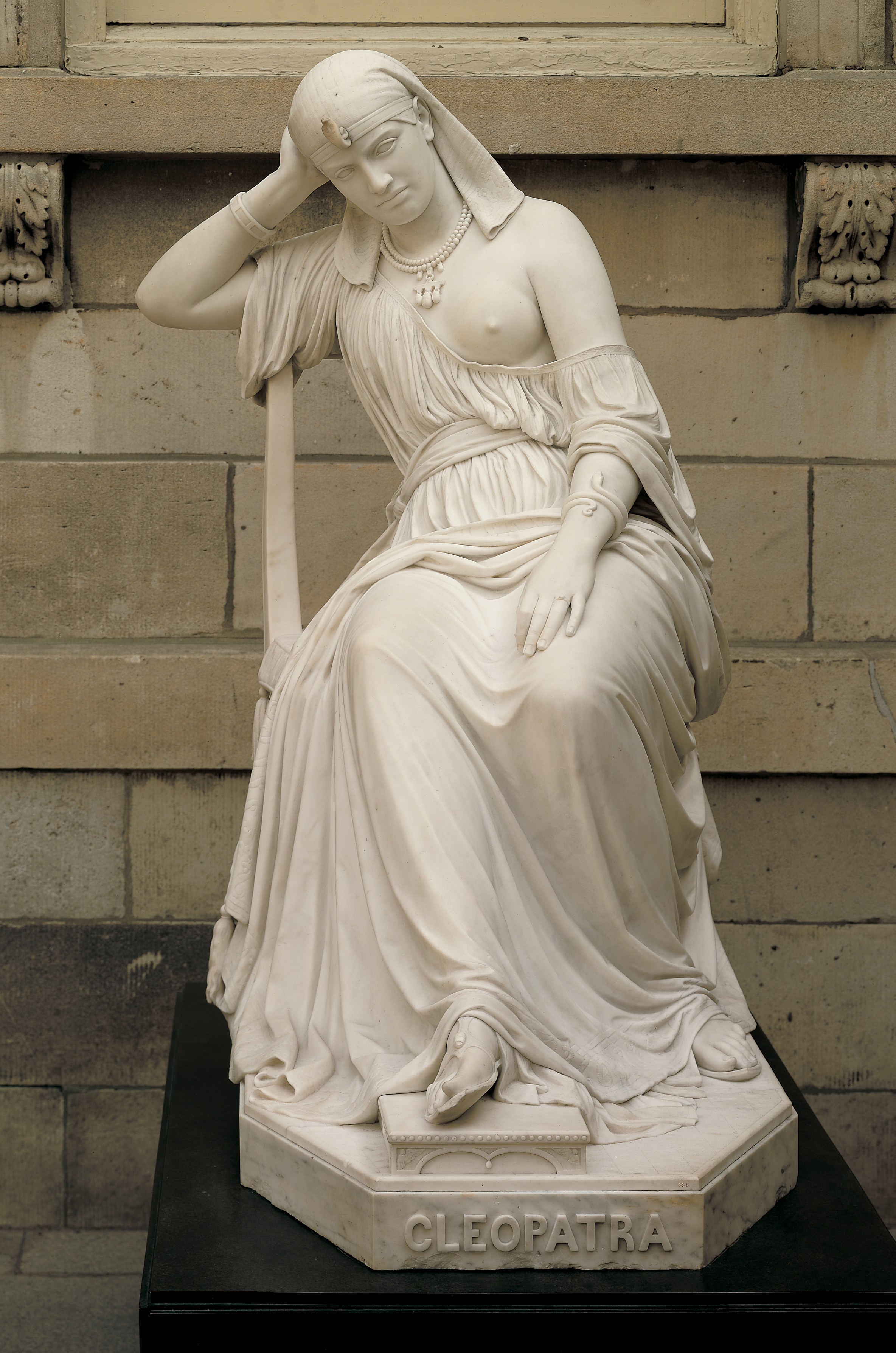
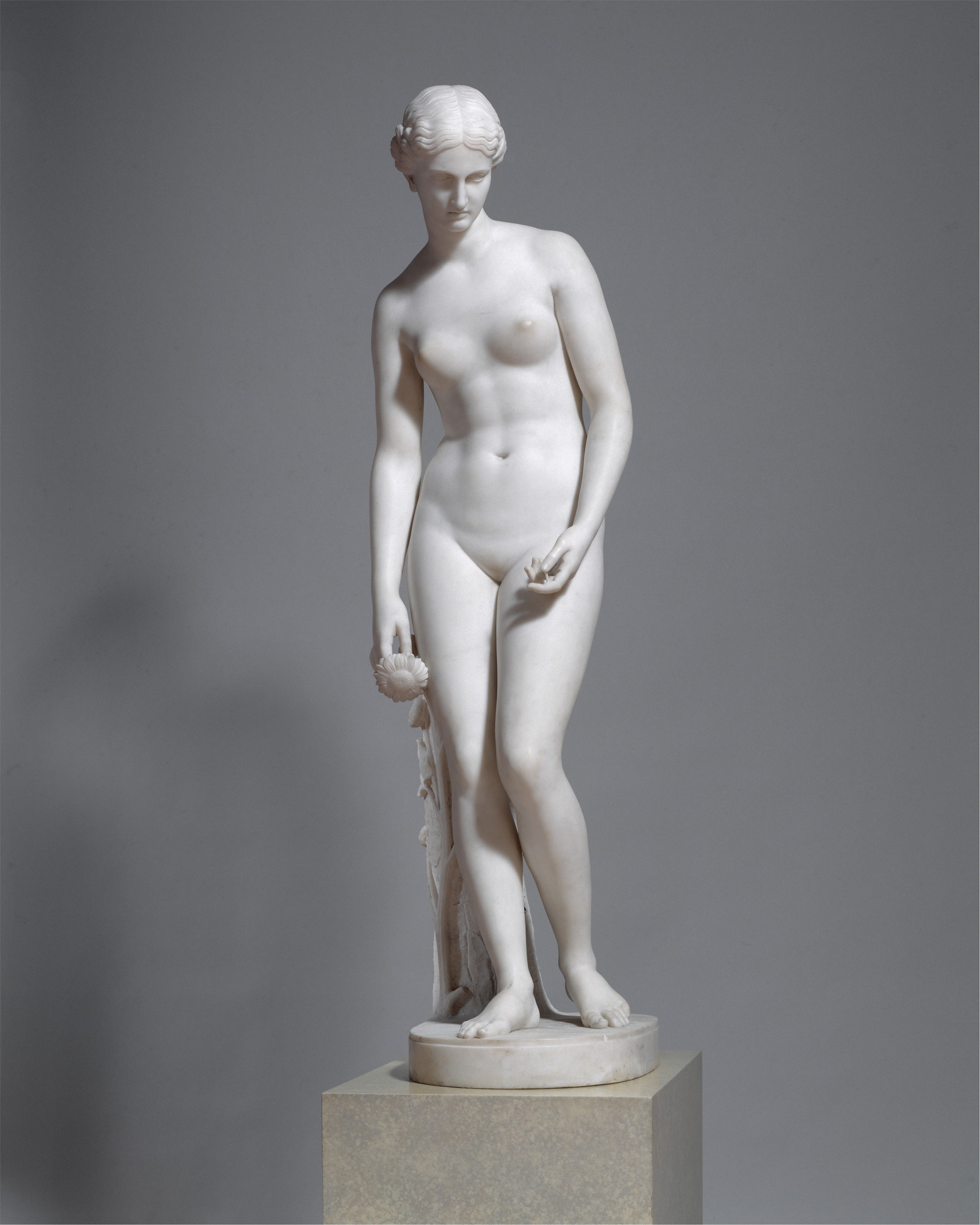
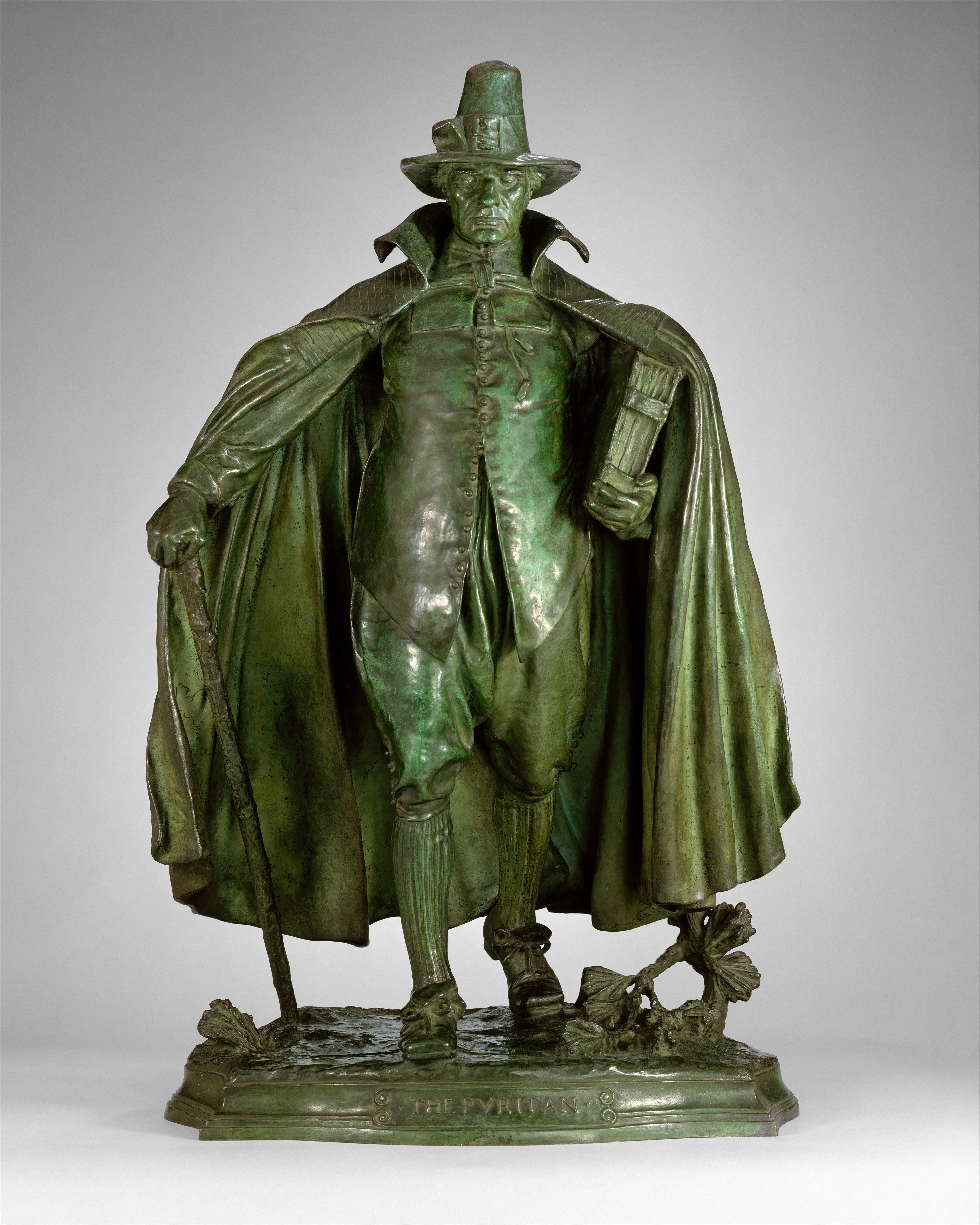
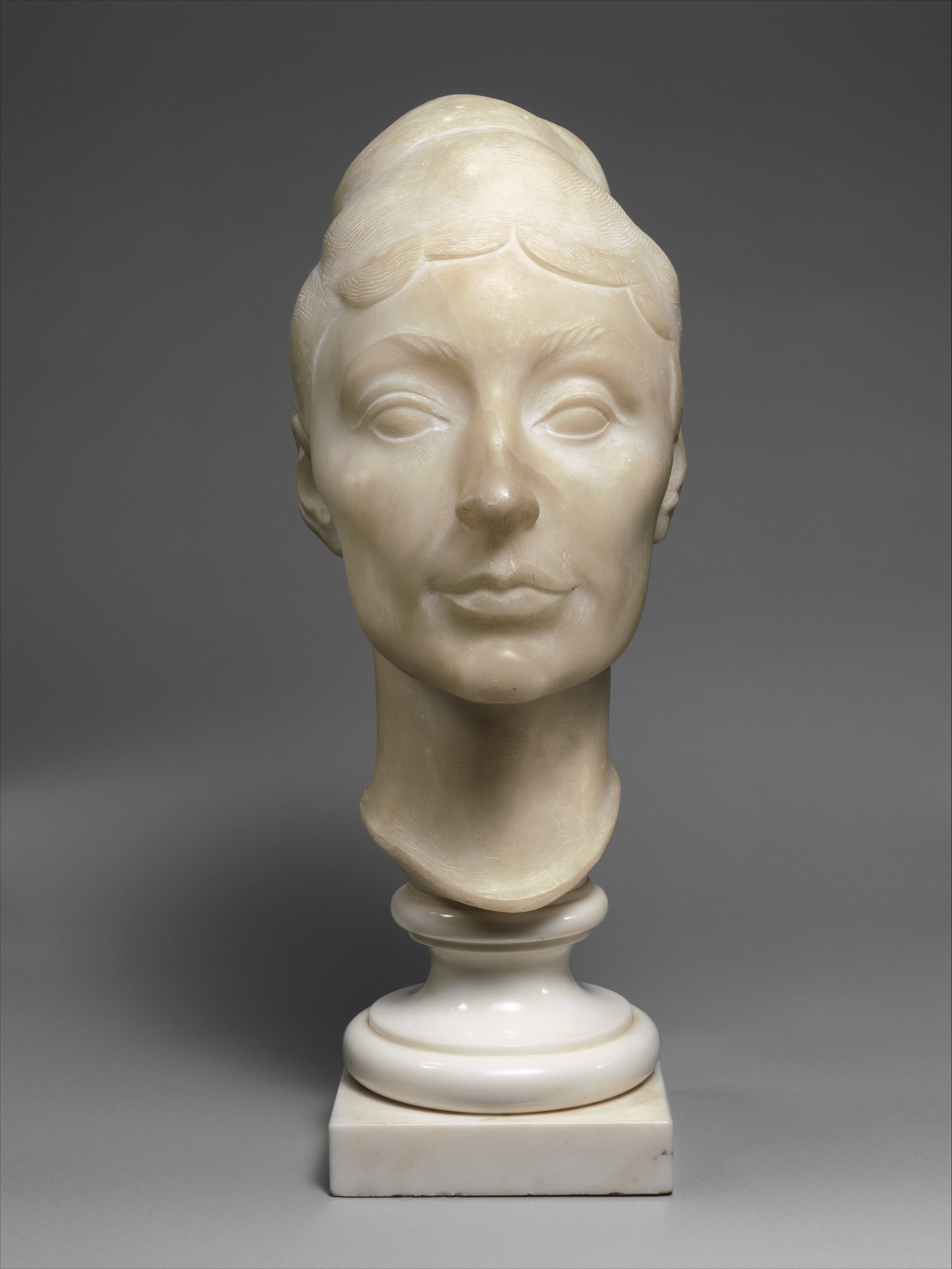






Комментарии
Добавить комментарий